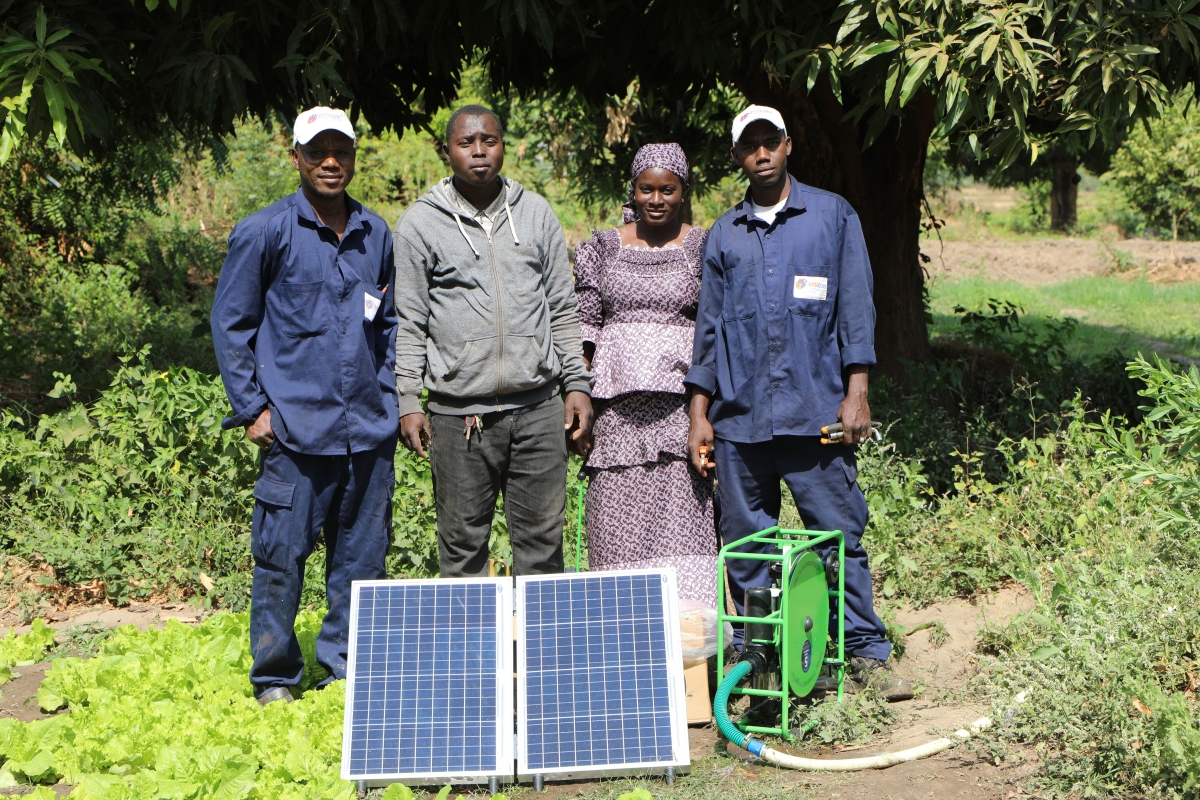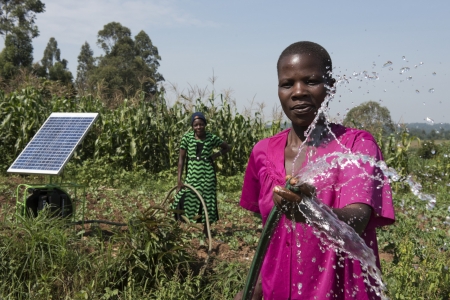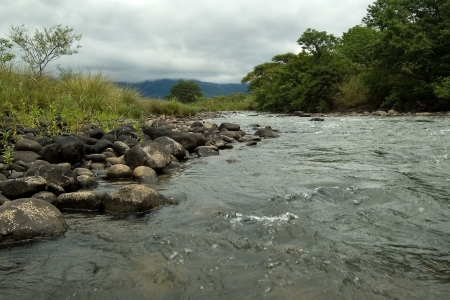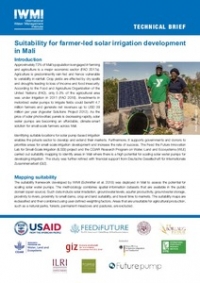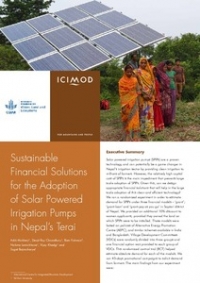Mali is facing a cascade of threats from climate change. Its economy is driven by agriculture and 72% Mali’s population owes their livelihoods to agro-pastoralism. Being heavily dependent on rain-fed agriculture makes Mali ever more vulnerable to climate shock.
But there is some light at the end of the tunnel. Mali’s most abundant resource – sunshine – may prove to be its ultimate savior in accessing the ever-scarce water resource. ‘Solar-irrigated agriculture’ is attracting much interest from smallholder farmers in Mali. As the name indicates, solar-irrigated agriculture uses solar energy to draw water from surface and underground sources for use in agricultural activities. The rapid drop in the cost of photovoltaic panels is an added attraction to smallholder farmers in Mali.
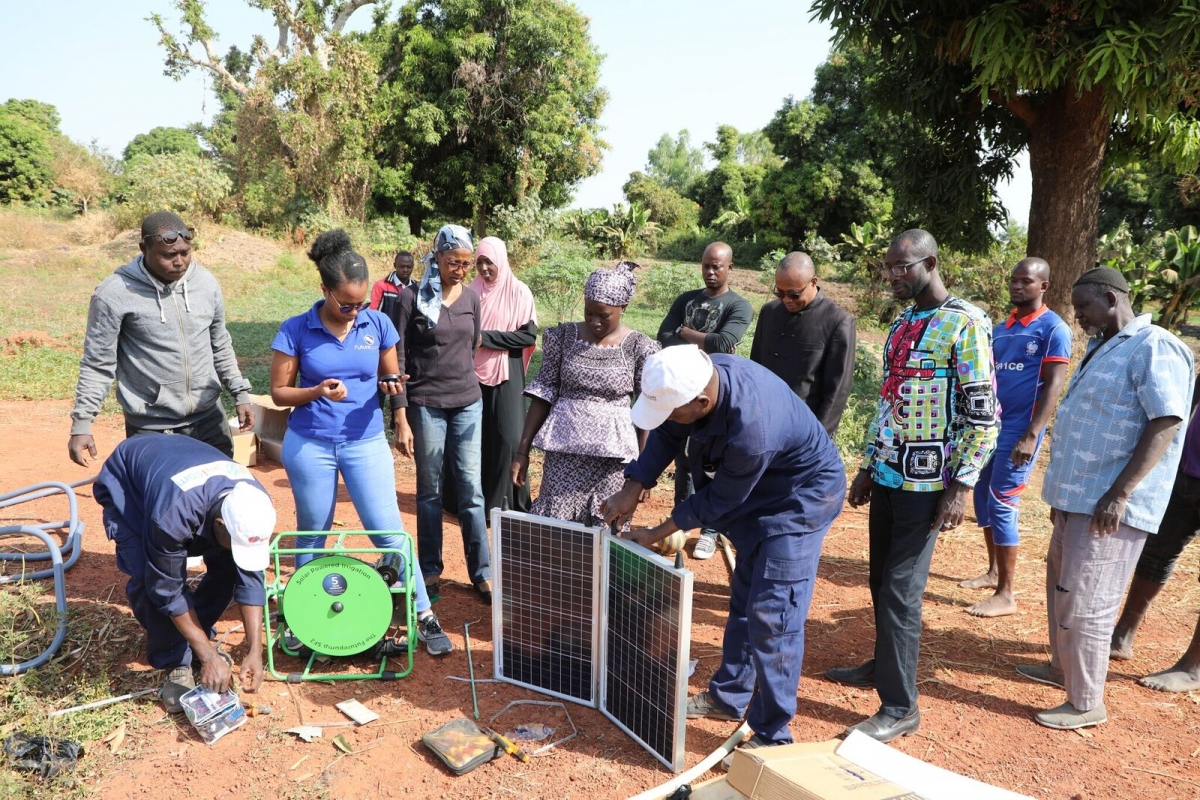
But in order for this technology to be used successfully, the areas with the highest potential for solar irrigated agriculture need to be carefully identified first. That is where a recent suitability mapping study, supported by Feed the Future Innovation Lab for Small-Scale Irrigation (ILSSI), the CGIAR Research Program on Water, Land and Ecosystems (WLE), and Deutsche Gesellschaft für Internationale Zusammenarbeit (GIZ), comes in. The study identifies potential areas in Mali that could most benefit from using solar powered irrigation. Two specific solar photovoltaic pumps have been identified considering smallholders’ access to land, the affordability of the technology, and depth of groundwater to be accessed. Accordingly, the earmarked areas in Mali are Kayes, Koulikoro and Mopti- for surface water and groundwater up to 7 m depth - and Kayes and Sikasso - for surface water and groundwater up to 25 m depth.
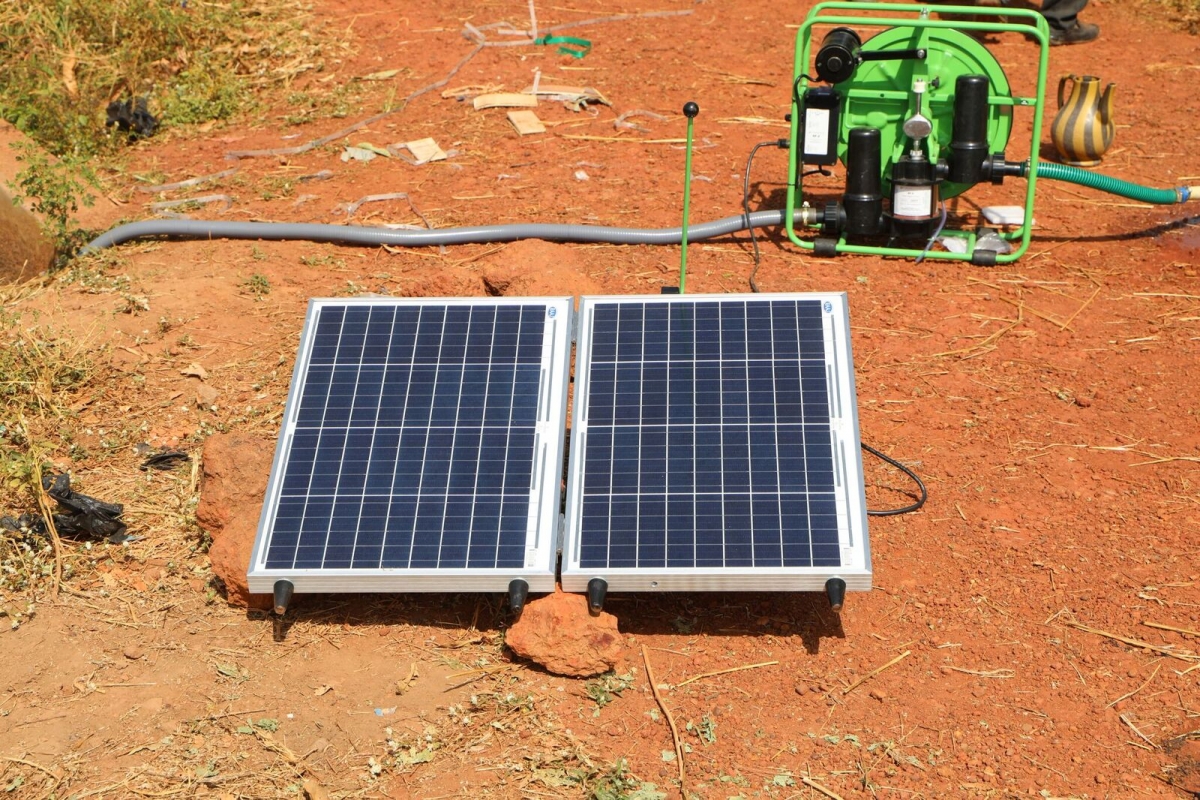
“Most promising is the fact that 69% of Mali’s agricultural land, around 4.44 million hectares, is suitable for solar irrigation development, the suitable areas however, could be further expanded through investments in infrastructure that increase access to markets for produce” points out Mansoor Leh, Water Accounting Researcher at the International Water Management Institute (IWMI).
The solar suitability framework which was developed by IWMI combines multiple factors affecting suitability for solar irrigation in a particular geographical area. These include the quantity of solar radiation, surface and underground water availability, proximity to rivers and small dams, suitability for crop, access to markets etc. A further plus factor is that the mapping technique specifically excludes natural reserves, forests, permanent meadows and pastures, as a direct conservation measure. For solar irrigation to be sustainable overall, it is critical to ensure that the potential negative impacts of agricultural intensification through use of the technology – e.g. over-absraction of water resources – are accounted for. That is why the team that worked on the mapping is currently exploring how key information on annual groundwater recharge, water abstraction, indicators for water quality to assess potential impacts of increased agricultural activity, among others, could be included.
This doesn’t mean that areas left off the maps don’t have potential for solar powered irrigation. What the maps show are areas that are low hanging fruit, where implementation and investment is likely to yield the most beneficial outcomes.
Donors, nongovernmental organizations and private sector actors have collectively piloted projects to develop the solar pump market in a number of sub-Saharan African countries. Their ultimate vision is to help harness solar energy to improve the livelihoods of smallholder farmers in the region, and to ensure food security. The suitability maps have the potential to support their investment decisions by identifying the areas of high feasibility, thereby increasing the likelihood that this technology will bring benefits to smallholder farmers and the food security of the region.
